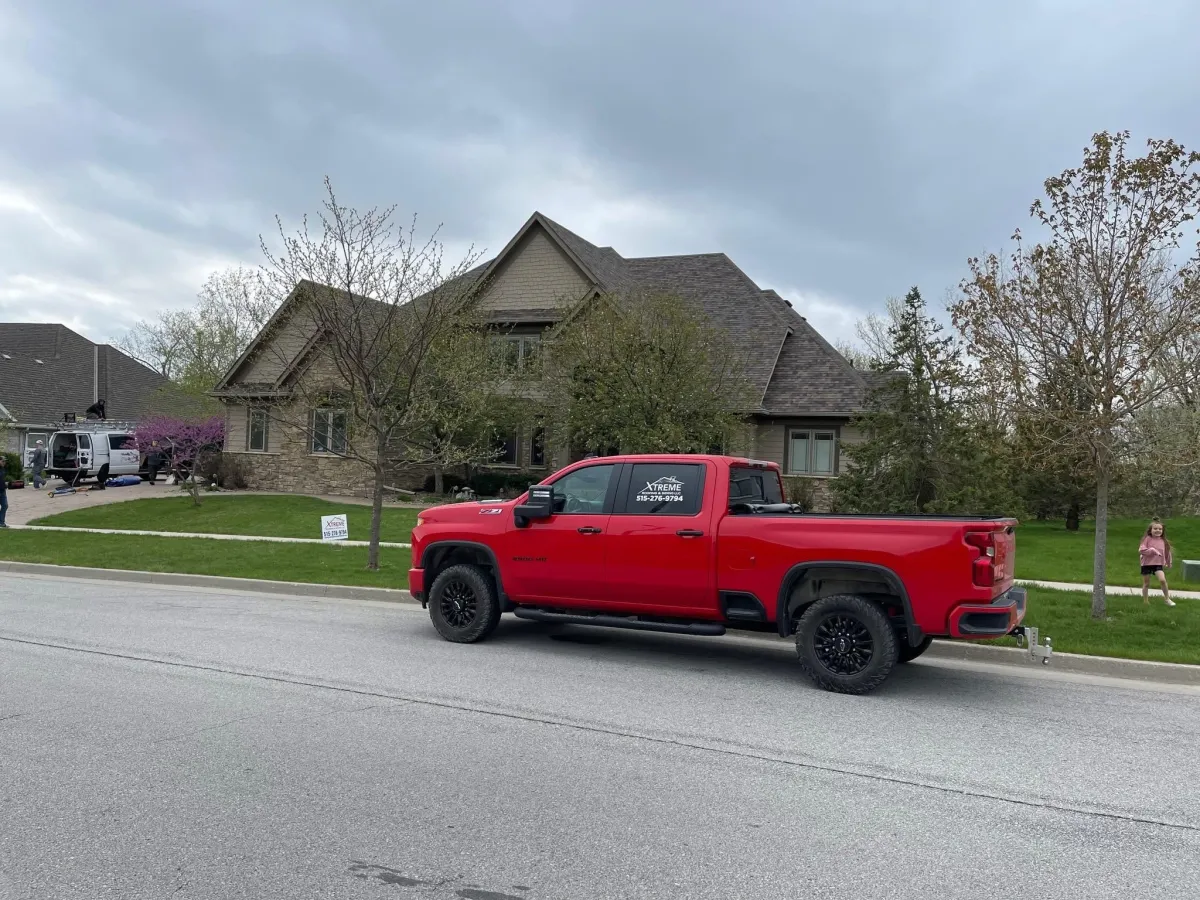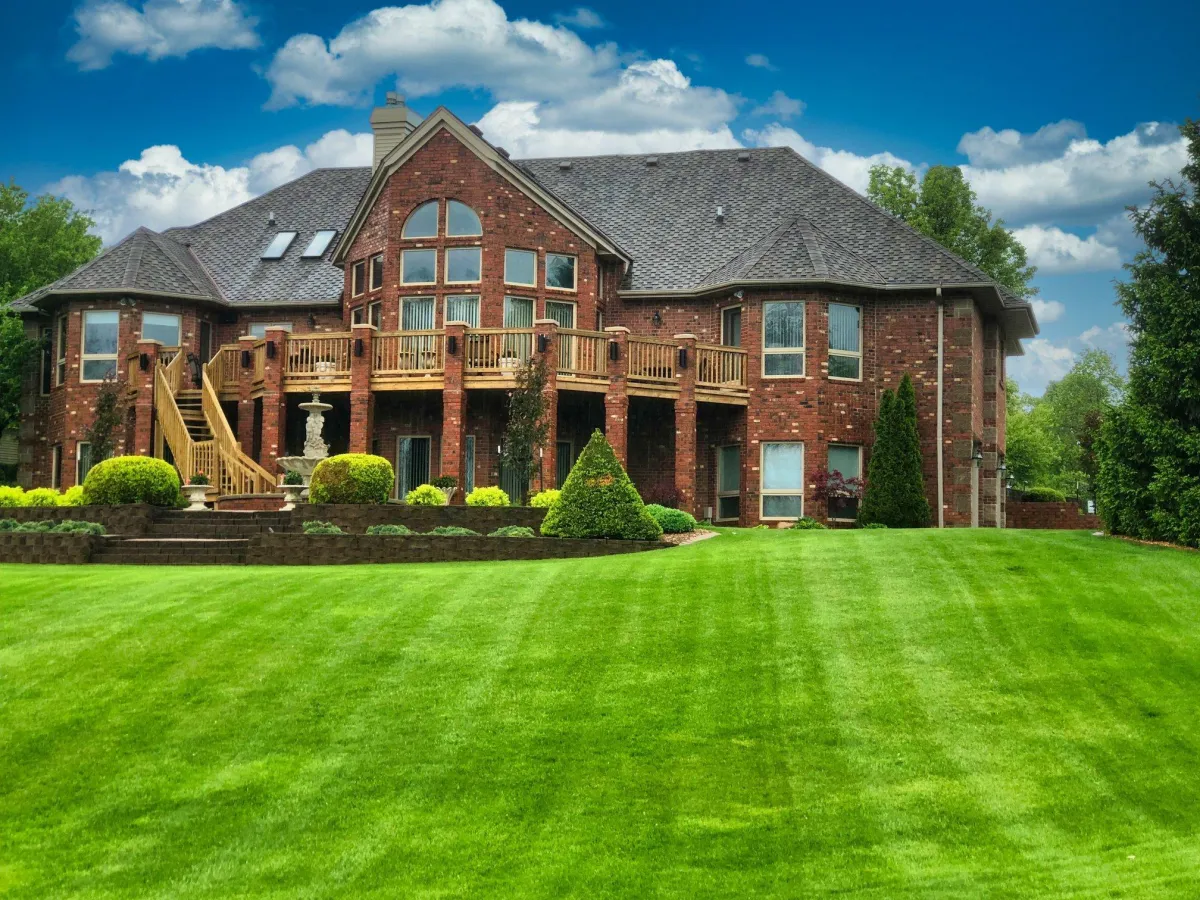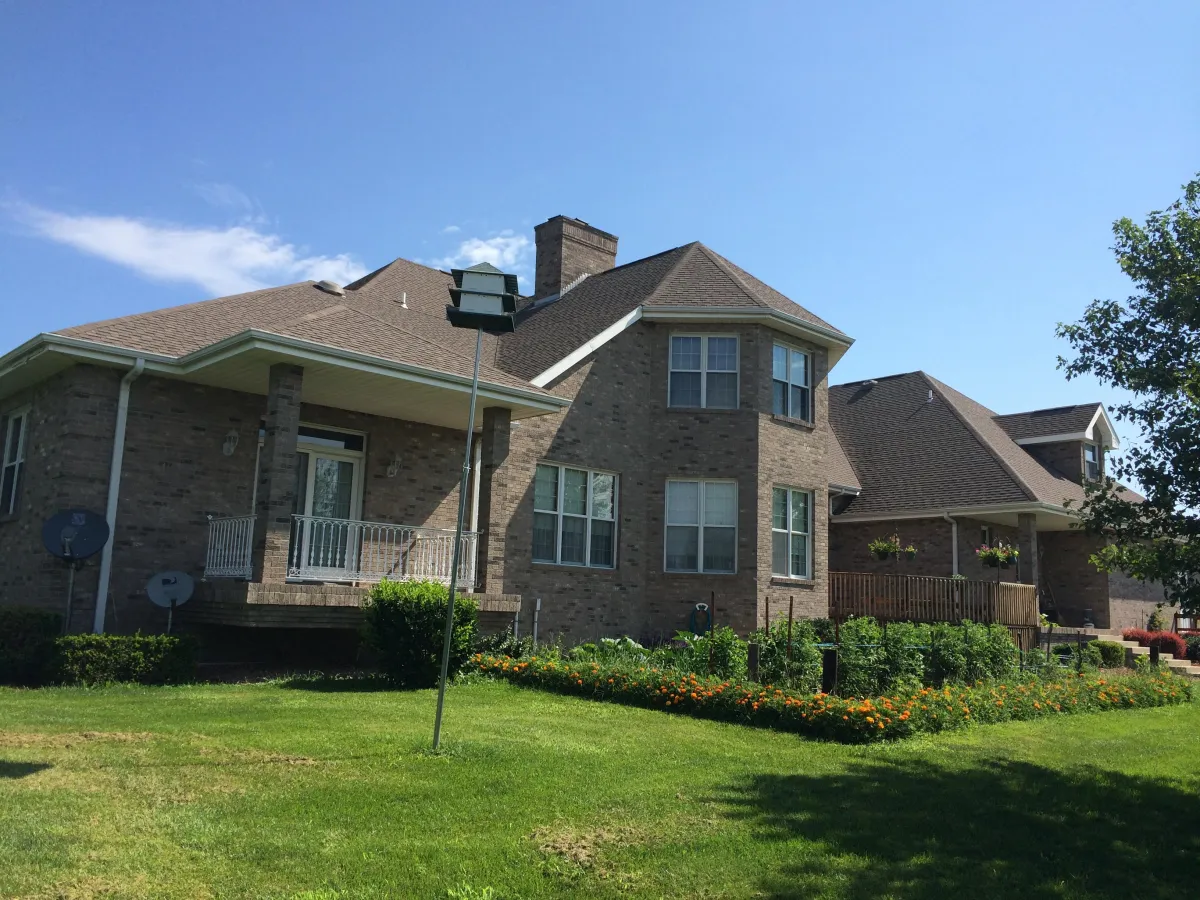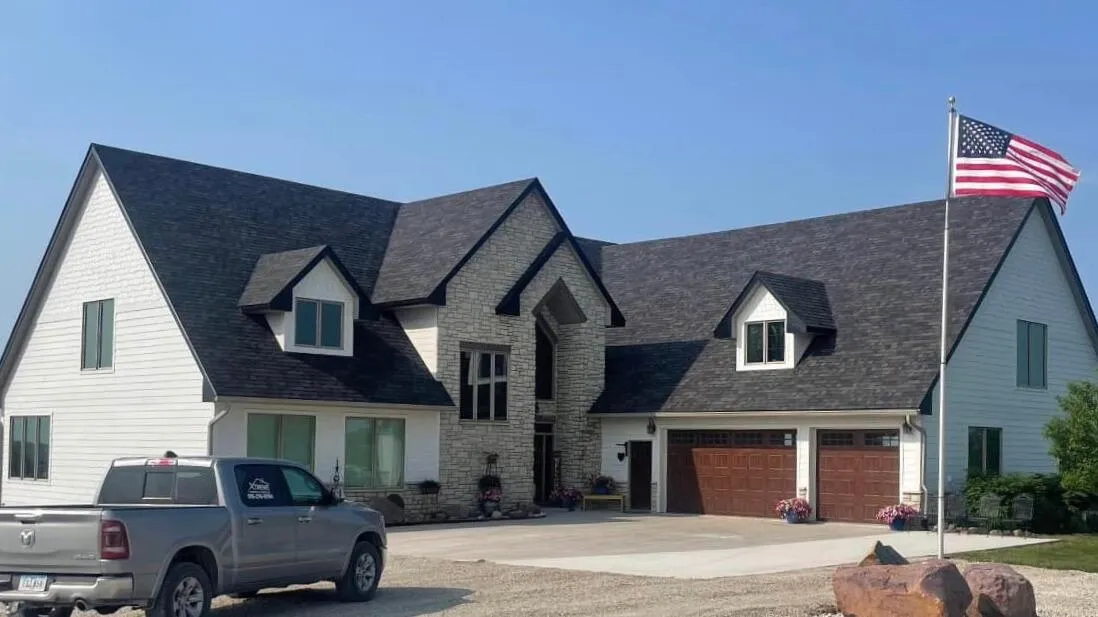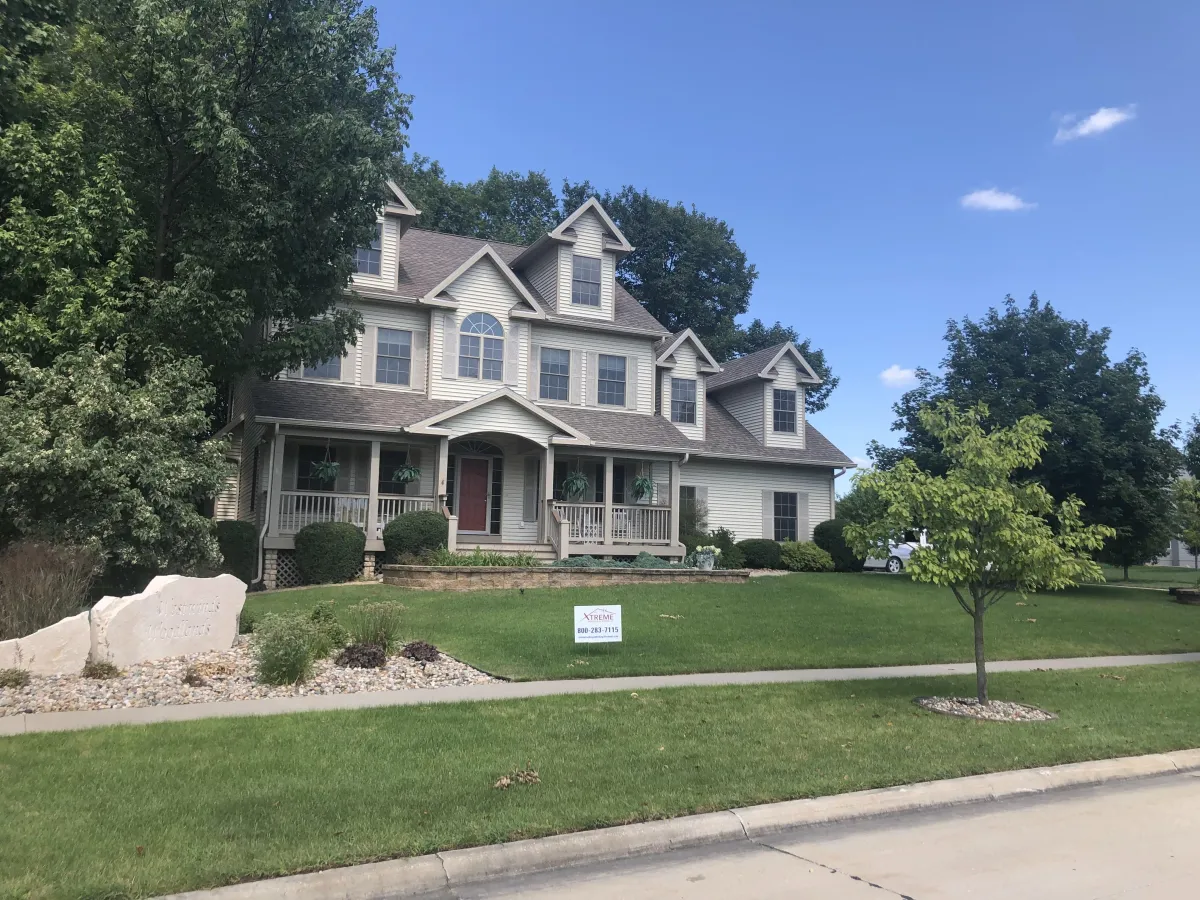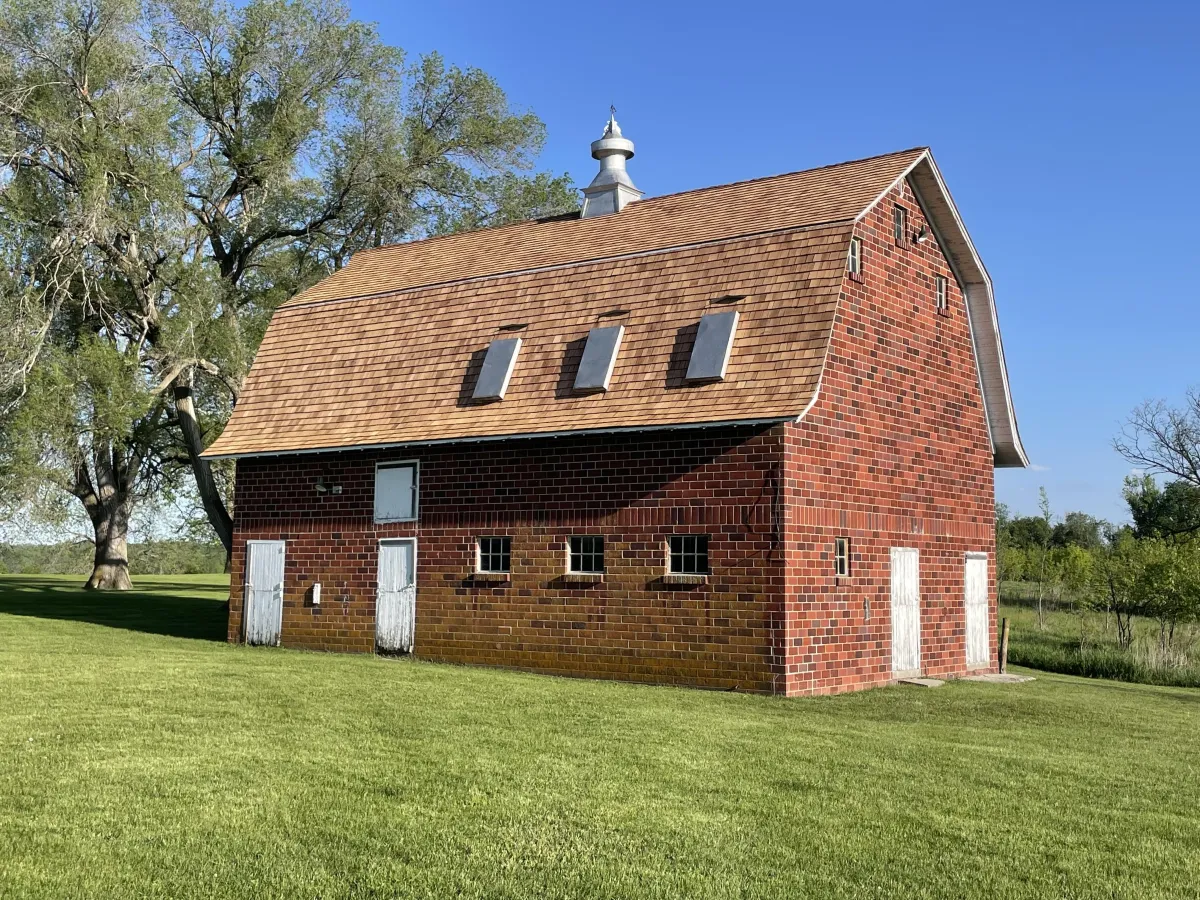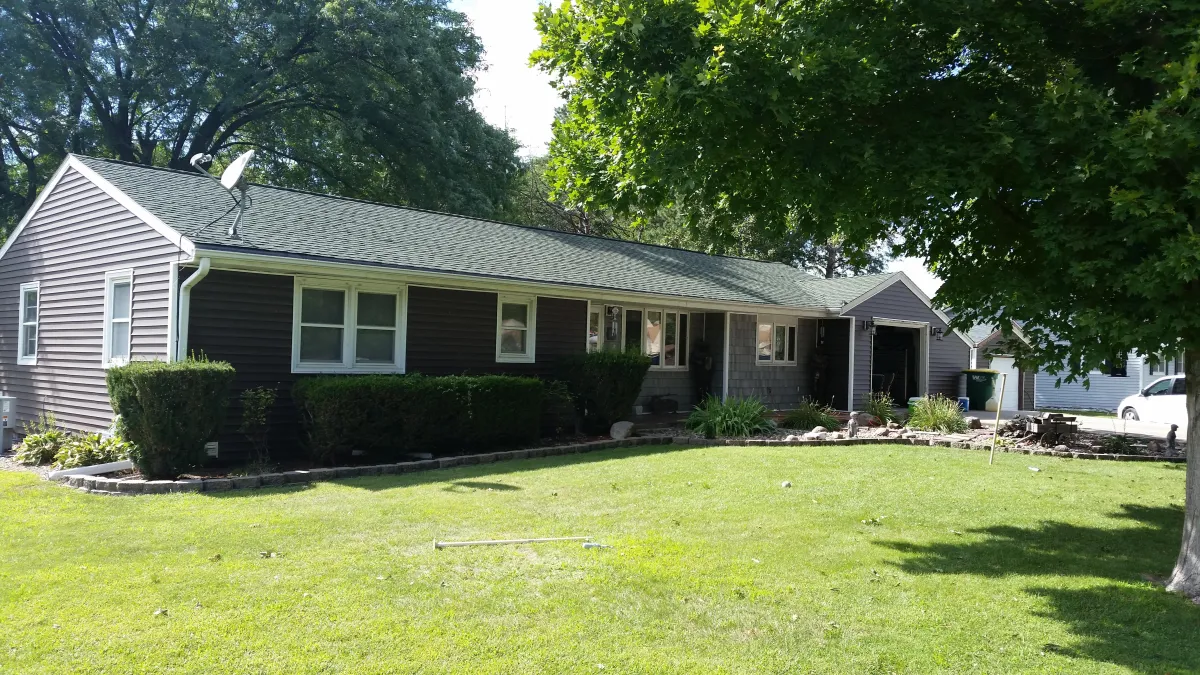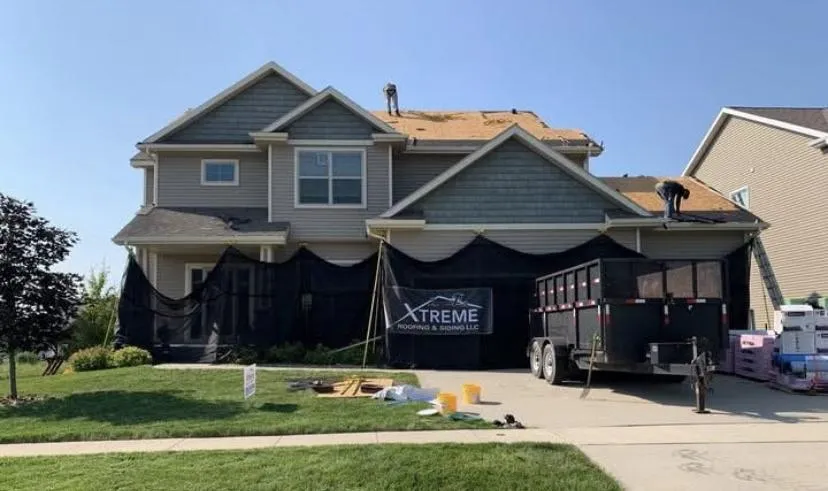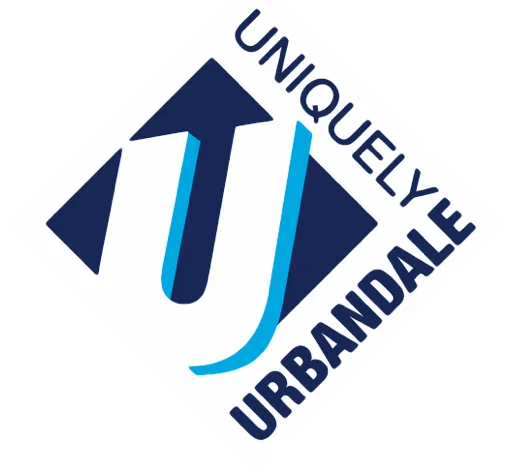Best Roofing Contractor in Urbandale and Across Iowa
Fast, Reliable Roofing & Siding Services Built to Last
With over 25 years of experience, Xtreme Roofing and Siding delivers roof repairs and replacements for homes and businesses across Iowa.
With two convenient locations in Urbandale and Coralville, we proudly serve all of Iowa, including Des Moines, Iowa City, Ames, and beyond.
Ask about our flexible financing options today!
Why Choose Xtreme?
Our Xtreme team has over 100 years combined experience with a focus on customer satisfaction! We're committed to using premium materials and proven methods to ensure each project meets our customers highest standards. Your properties safety and beauty are always at the forefront of our work. For each project we provide:
25+ years serving the Des Moines metro.
A+ BBB Accredited for customer satisfaction.
Top-tier materials and proven methods for lasting results.
Finance Options — Pay it over time.
Fast & Reliable Service: Providing stress-free, affordable roofing and siding that lasts.
25+ years serving the Des Moines metro.
A+ BBB Accredited for customer satisfaction.
Lasting results with top of the line materials and methods.
Finance Options — Pay it over time.
Our Simple 4-Step Process
1. Detailed Assessment
We start with a conversation to understand your needs, followed by a thorough inspection to identify issues, document conditions with photos, and take measurements of your project.
2. Clear, No-Surprise Quote
Get a detailed proposal within 24-48 hours, outlining all costs with no hidden fees. Our team will guide you through every detail so you can decide with confidence.
3. Convenient Scheduling
Our Xtreme team works with your timeline, confirming materials and crew in advance to keep you informed throughout.
4. Completion & Clean-Up
Our skilled team completes your project with care and ensures a thorough cleanup, leaving only exceptional results; every time.
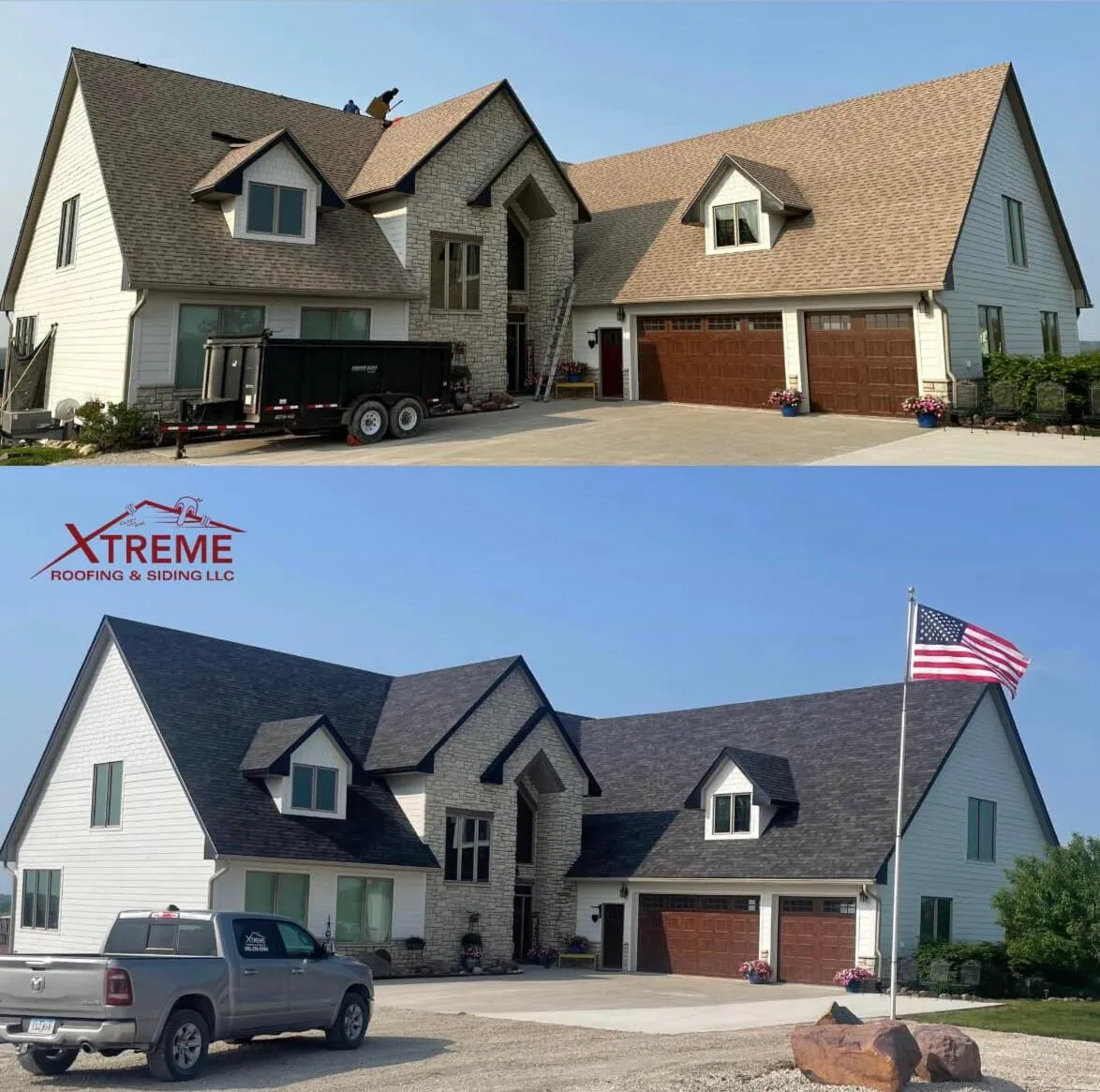
Trusted Urbandale Roofing Company Since 1998
Our Mission: Trust, Quality, and Customer Satisfaction.
At Xtreme, we are committed to serving our customers with a straightforward philosophy built on trust, exceptional quality, and unwavering customer satisfaction. Whether you need emergency roof repairs, a full residential roof replacement, or complete siding installation, we’re the reliable, local restoration experts you can count on.
Decades of Local Expertise, Guaranteed Satisfaction
With over 25 years of experience, locations in Urbandale and Coralville, and trusted manufacturer certifications, we proudly serve the Des Moines metro area and communities across Iowa. Every project we take on is backed by our satisfaction guarantee, ensuring peace of mind from start to finish. Choose Xtreme for your home improvement needs—you won’t regret it.
Roof Financing Options Available
Roof Replacements for as Low as $129 Month!
Our Services
Xtreme Roofing and Siding provides reliable roofing and home services, from routine repairs to full roof replacements, ensuring your home or business stays protected. Proudly serving all areas of Iowa, including Urbandale, Des Moines, Iowa City, and Ames.
Fast and reliable solutions for leaks, torn shingles, storm damage, and more. We’ll inspect your roof, explain the problem, and provide professional repairs to keep your home safe and secure.
Upgrade your home with a durable, high-quality roof. We use premium materials and expert installation methods to enhance your home’s protection and value.
After severe hail, trust our Xtreme team for proper damage assessment, documentation, and complete restoration of your roof.
Minimize downtime with our expert commercial roof replacement services. We work with multiple roofing systems to suit your property’s unique needs and budget while ensuring long-lasting performance.
Xtreme siding specialists bring decades of installation expertise to every project, ensuring flawless results that stand the test of time.
Our Xtreme team responds quickly to assess and restore wind-damaged properties, ensuring a seamless recovery process.
Get a free quote from Iowa's trusted roofing and siding experts! Contact Xtreme Roofing & Siding Today
Comprehensive Roofing Solutions Across Iowa
From routine repairs in Urbandale to complete roof replacements in Coralville, Xtreme offers a range of roofing and exterior services to keep your home or commercial property safe and sound.
Fast and reliable solutions for leaks, torn shingles, storm damage, and more. We’ll inspect your roof, explain the problem, and provide professional repairs to keep your home safe and secure.
Upgrade your home with a durable, high-quality roof. We use premium materials and expert installation methods to enhance your home’s protection and value.
After severe hail, trust our Xtreme team for proper damage assessment, documentation, and complete restoration of your roof.
Minimize downtime with our expert commercial roof replacement services. We work with multiple roofing systems to suit your property’s unique needs and budget while ensuring long-lasting performance.
Quick, efficient repair services for businesses across Des Moines and greater Iowa. Don’t let minor issues escalate—contact our mobile repair teams today.
Our Xtreme team responds quickly to assess and restore wind-damaged properties, ensuring a seamless recovery process.
Get a free quote from Iowa's trusted roofing and siding experts! Contact Xtreme Roofing & Siding Today
Frequently Asked Questions
Roofing can be complex, and we’re here to provide answers to common questions. Here are some frequently asked questions from our clients.
How do I know if my roof needs replacing?
Look for signs like missing shingles, leaks, or worn materials. If your roof is over 20 years old, it may be time for a replacement.
How long does a roof replacement typically take?
Most roof replacements take between 1-3 days, depending on size and weather conditions.
What type of roofing materials do you offer?
We offer a wide range of materials, including asphalt shingles, metal, and tile roofing.
Are your roofing services covered by warranty?
Yes, all of our services include a comprehensive warranty for peace of mind.
Do you provide free estimates?
Absolutely! Contact us to schedule a free estimate and consultation for your roofing project.
How often should I schedule maintenance for my roof?
We recommend a maintenance check every 1-2 years to catch any issues early.
Still have questions?
XTREME ROOFING CONTRACTOR - SERVICE AREAS
Xtreme Google Reviews
We pride ourselves on delivering great results and experiences for each client. Hear directly from past customers who’ve trusted us with their roofing needs.
Urbandale Office
Coralville Office
Coralville Office
Socials
Business Hours
OFFICE HOURS
Monday – 8am — 5pm
Tuesday – 8am — 5pm
Wednesday – 8am — 5pm
Thursday – 8am — 5pm
Friday – 8am — 5pm
Saturday – Appointment Only
Sunday – Appointment Only
EMERGENCY HOURS
Monday – 24 Hours
Tuesday – 24 Hours
Wednesday – 24 Hours
Thursday – 24 Hours
Friday – 24 Hours
Saturday – 24 Hours
Sunday – 24 Hours



